Product Description
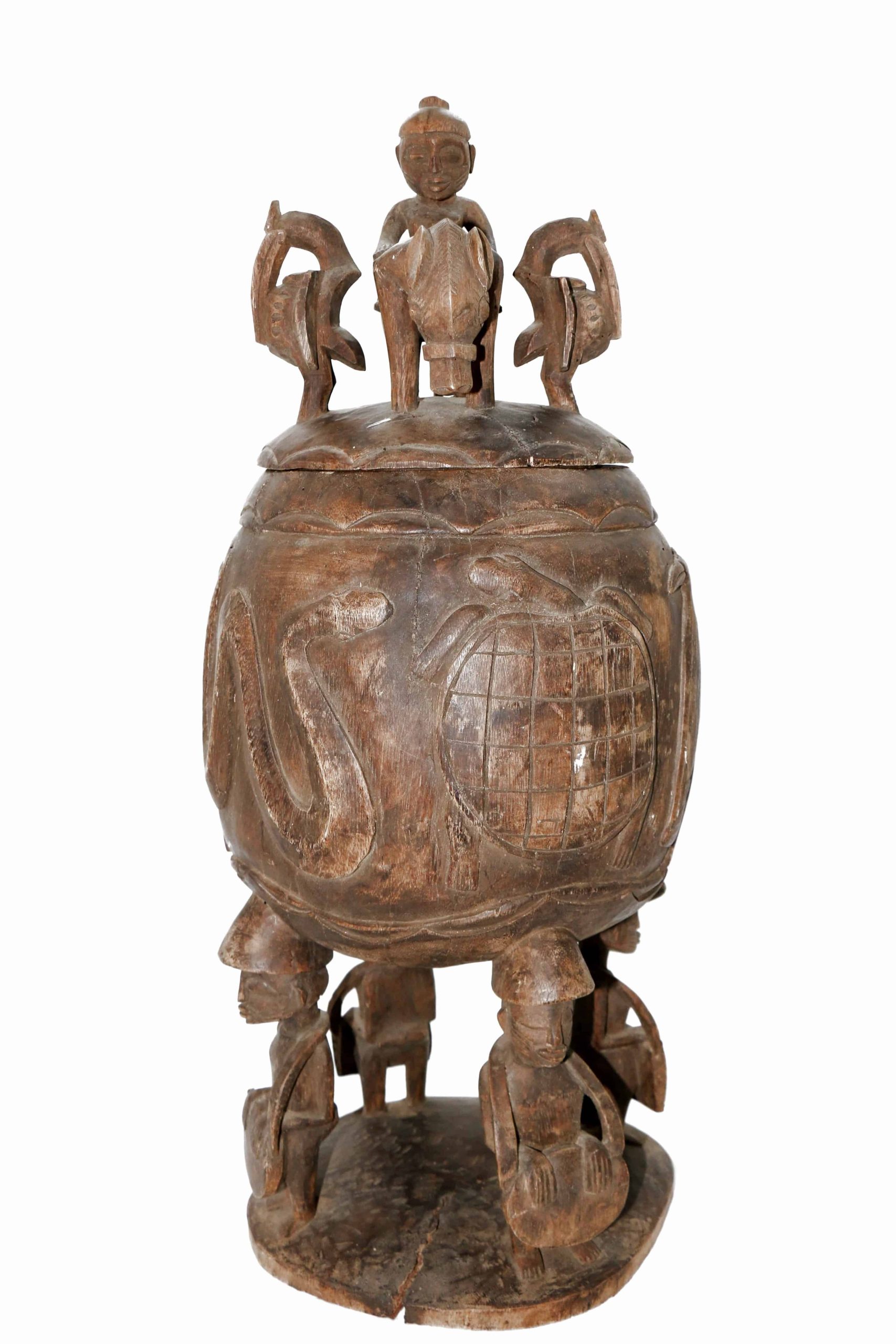
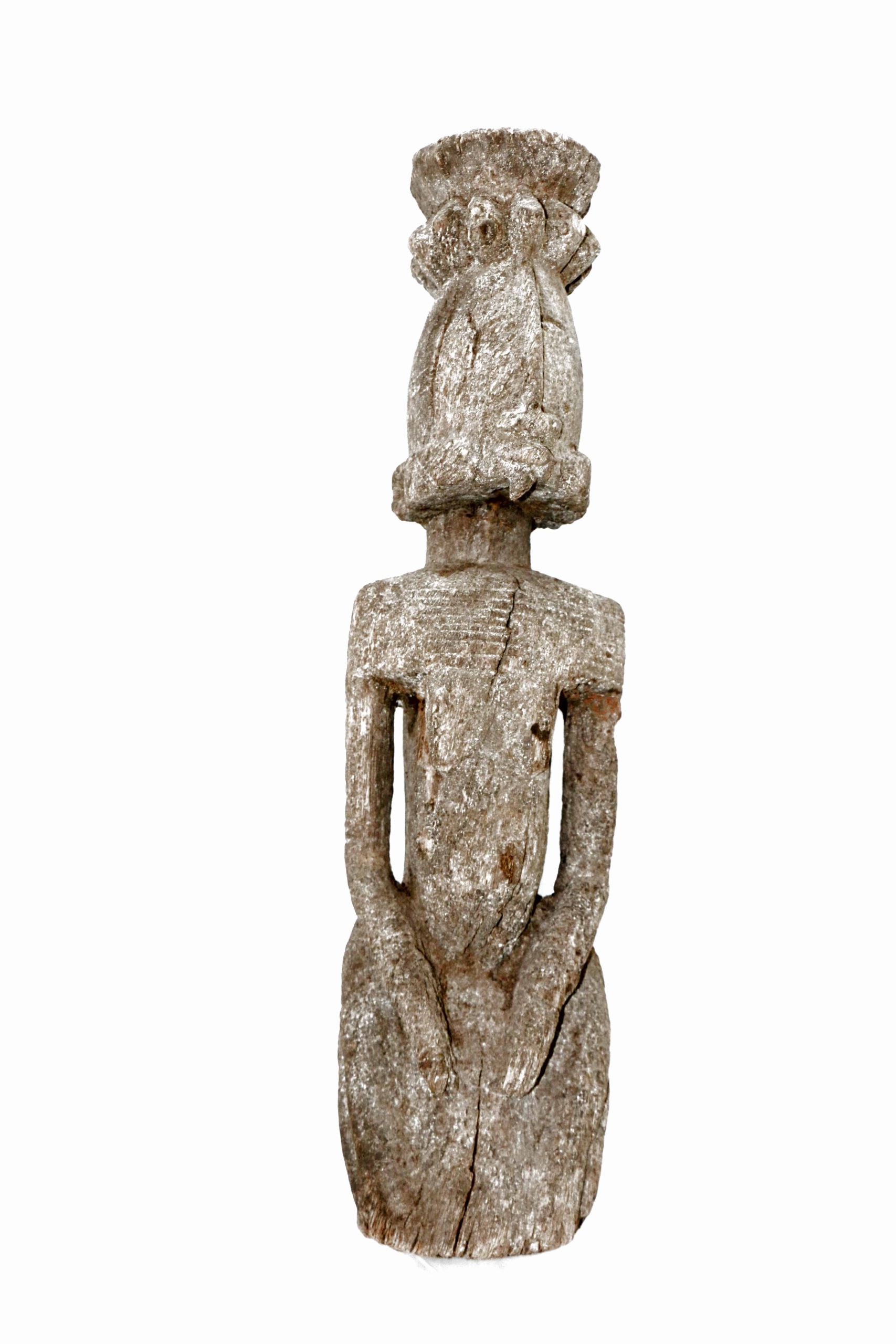
Bambara Chi Wara Antelope Headcrest – Segou, Mali
This Magnificient Bamana ChiWara carving originates from the Bambara tribe in Mali. The patina is rich and the surface shows significant signs of age. The mythology of the Bamana people of Mali tells the story of an antelope named Chi Wara who first taught farming skills to humanity.
Made of 100% wood.
Model is W 22 – H 68 and weight 8 kg.
Description
This Magnificient Bamana ChiWara carving originates from the Bambara tribe in Mali. The patina is rich and the surface shows significant signs of age. The mythology of the Bamana people of Mali tells the story of an antelope named Chi Wara who first taught farming skills to humanity. The headpieces were worn by a Bamana society to represent the mythical agricultural animal during dances held at sowing and harvesting times. At the start of the rainy season, after the fields have been seeded, the Chi Wara crests are danced in the evening.The masks performed at hoeing contests to promote the fertility of the fields and honour the most successful farmers.’Chi Wara’ also refers directly to strong young men. Bambara carvers have established a reputation for the zoomorphic headdresses worn by Tji-Wara society members.
The Bamana (also called Bambara) are among the largest ethnic groups in their region. Because traditional life revolves around agriculture, issues concerning the cycles of nature and the productivity of farmers inform Bamana society and art. Knowledge of agriculture practices is transmitted from generation to generation through the Ci-wara (or Chiwara, Tyi Wara) society. The purpose of the Chi-wara society is to pay homage to successful farmers. Their rituals recall the legend of the mythic animal that could be (according to different regions) a roan antelope (Hippotragus Leucophaeus) or anteater, a pangolin (Manis temmincki) and a python or a mythic half man, half-animal creature called Ci-wara, who introduced agriculture to men. The Bamana people honor successful farmers through performances involving the appearances of the antelope masks like this carved wood crest mask. Ci-wara crest masks are worn at agricultural contests, entertainment and at the annual celebration. The masquerade ceremonies occur during planting and harvesting seasons in the fields and the village palace. The dance is performed by two men acting as a male / female pair.
Additional information
| Weight | 8 kg |
|---|---|
| Dimensions | 23 × 68 cm |
Leave a reply Cancel reply
Returns and Exchanges
There are a few important things to keep in mind when returning a product you purchased.You can return unwanted items by post within 7 working days of receipt of your goods.
- You have 14 calendar days to return an item from the date you received it.
- Only items that have been purchased directly from Us.
- Please ensure that the item you are returning is repackaged with all elements.
Ship your item back to Us
Firstly Print and return this Returns Form to:
30 South Park Avenue, San Francisco, CA 94108, USA
Please remember to ensure that the item you are returning is repackaged with all elements.
For more information, view our full Returns and Exchanges information.

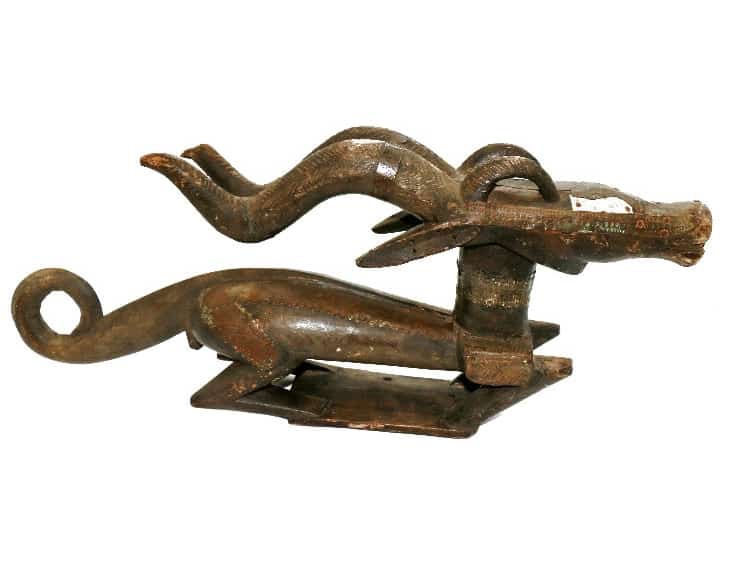
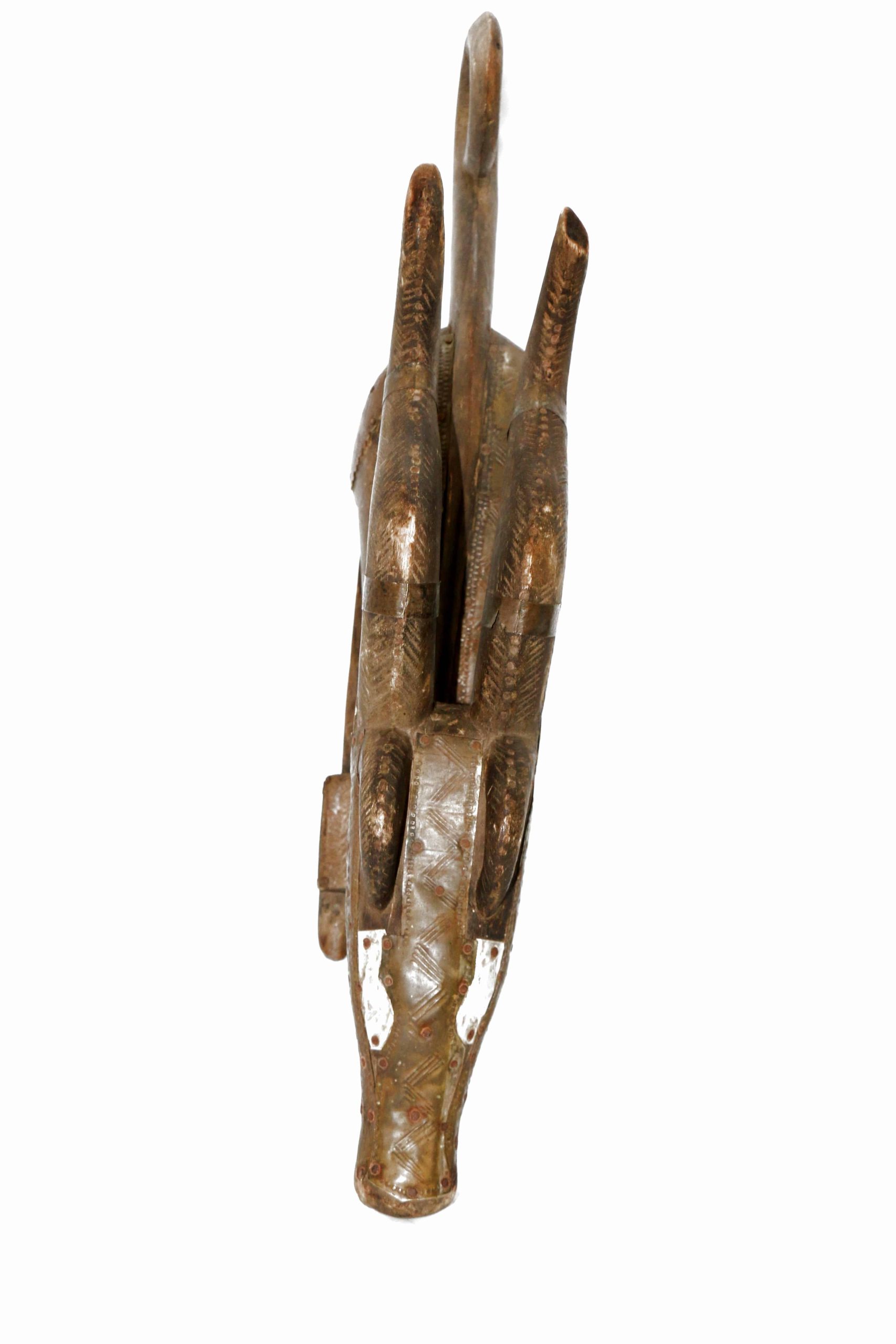
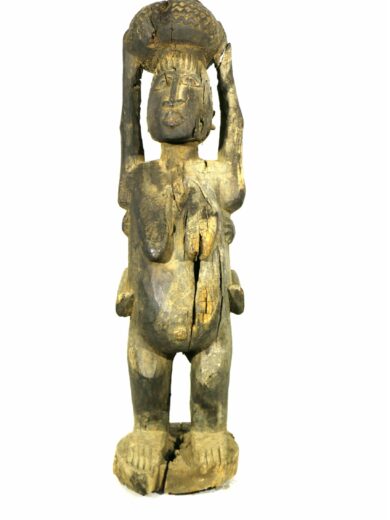
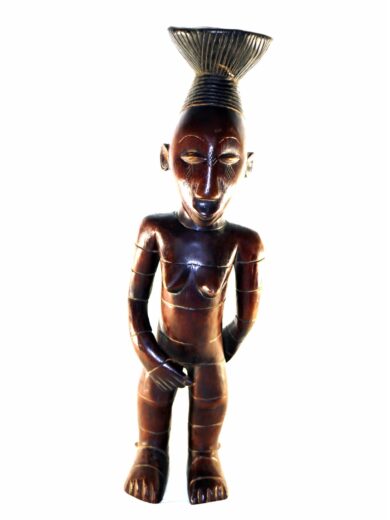
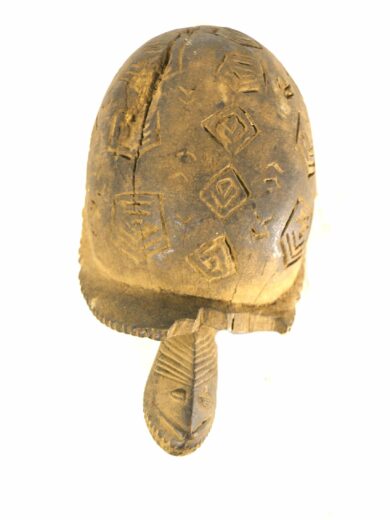

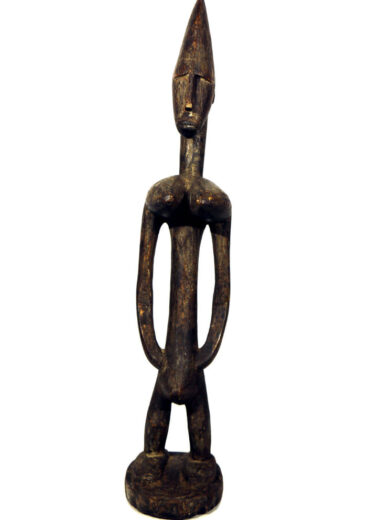
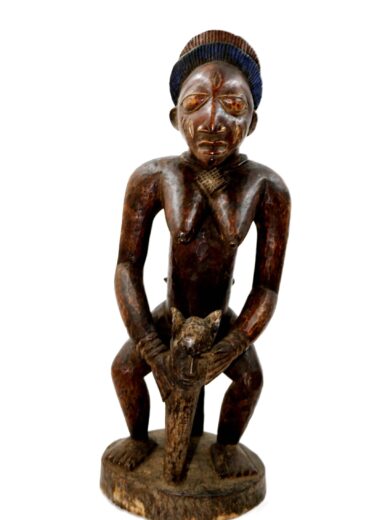
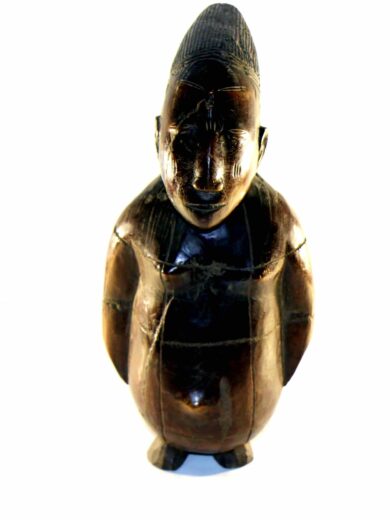
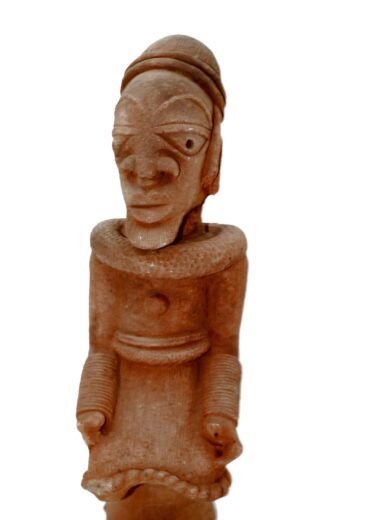

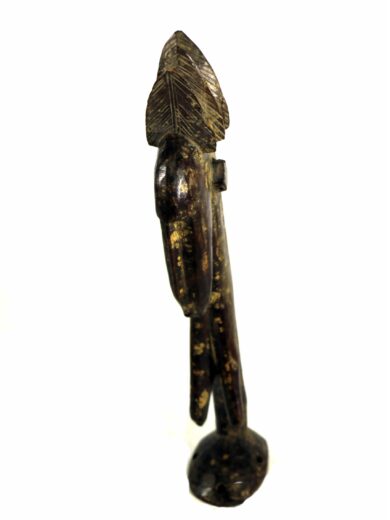
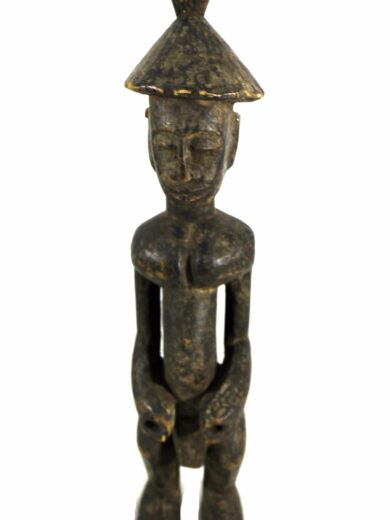
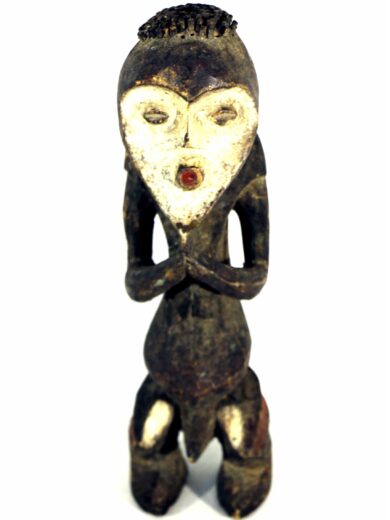
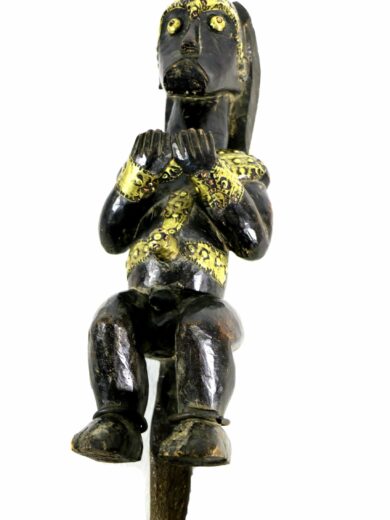



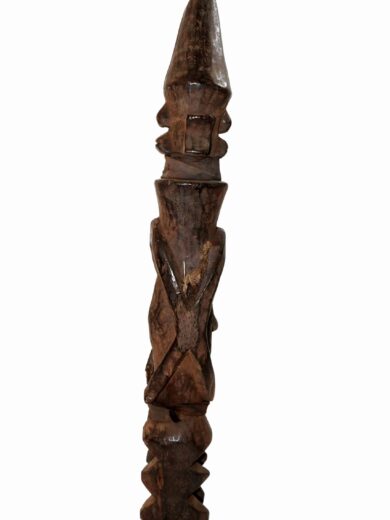
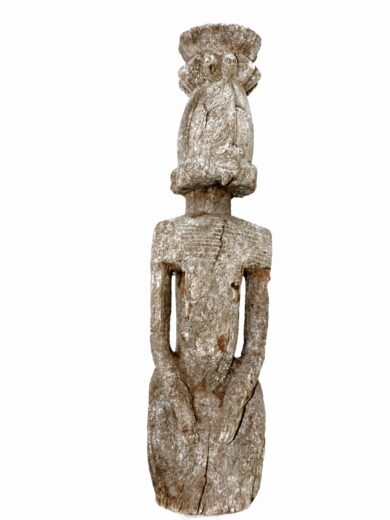
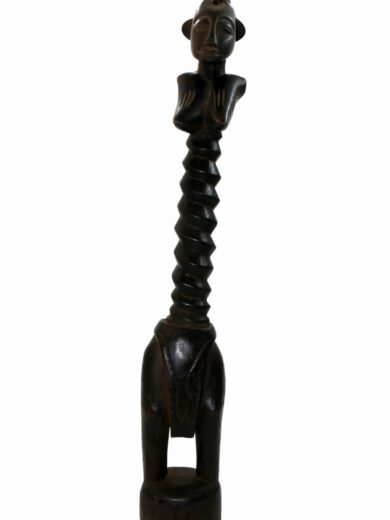
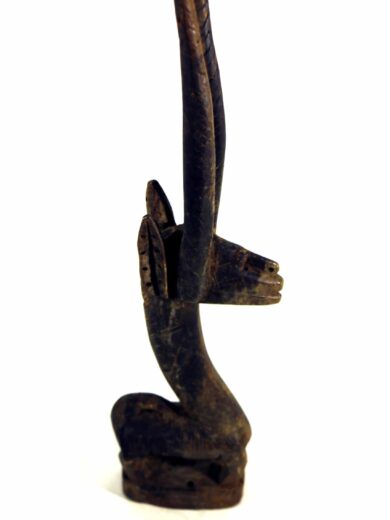
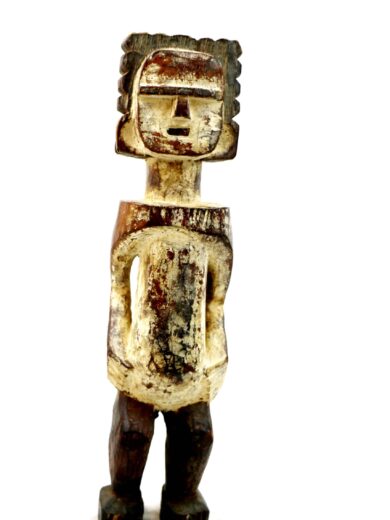
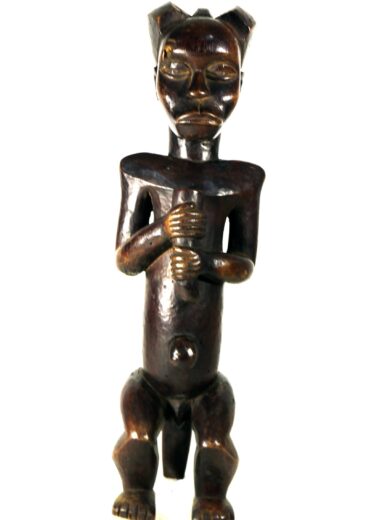

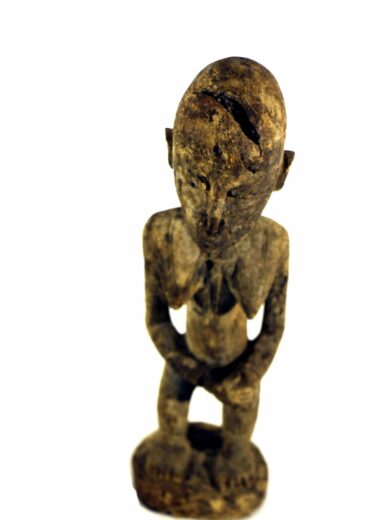
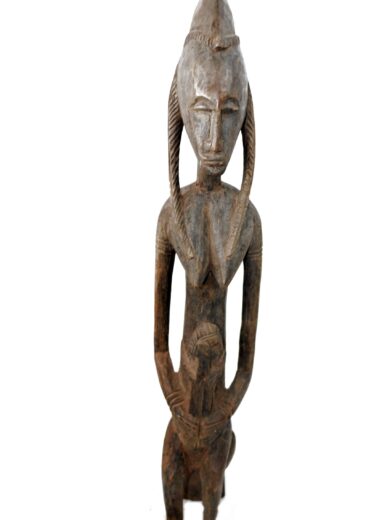
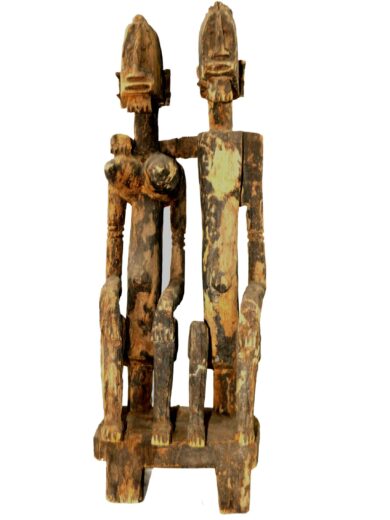

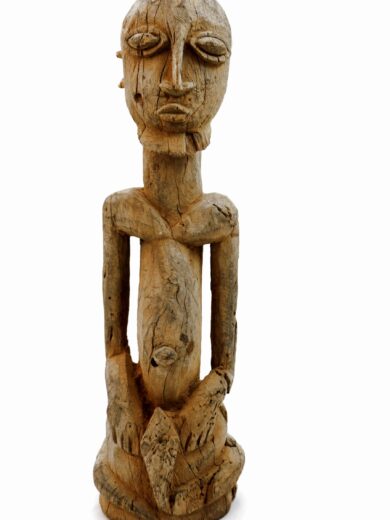
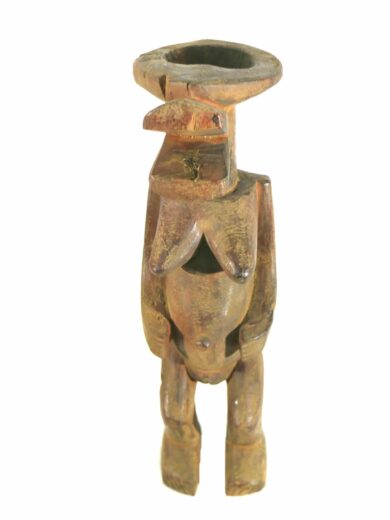
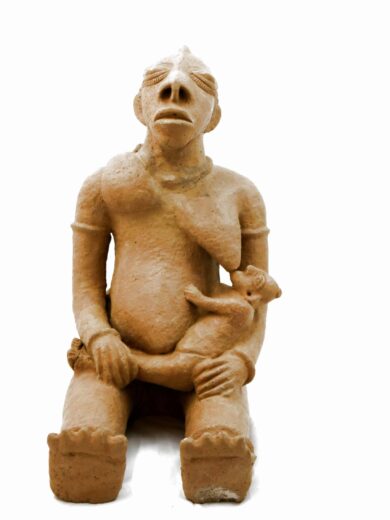


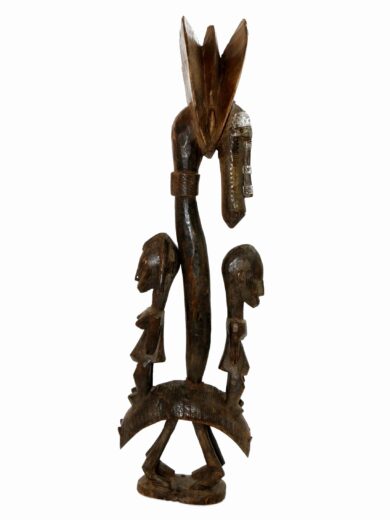
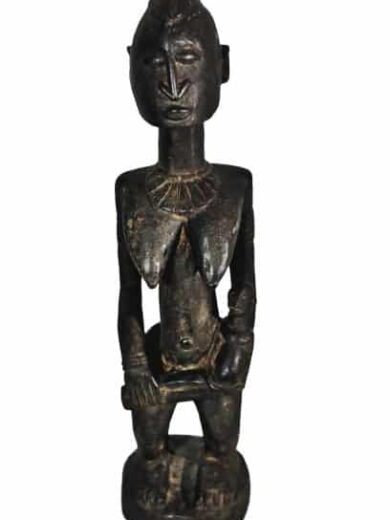
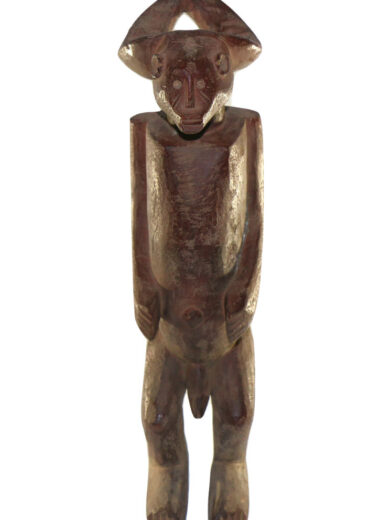



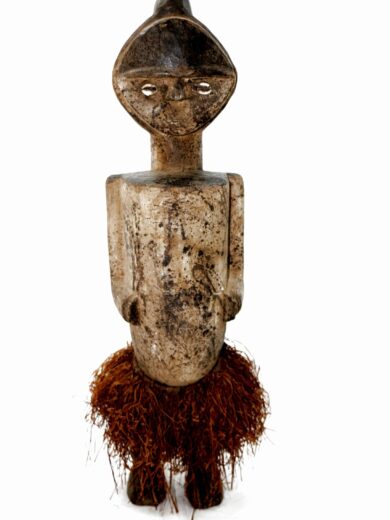
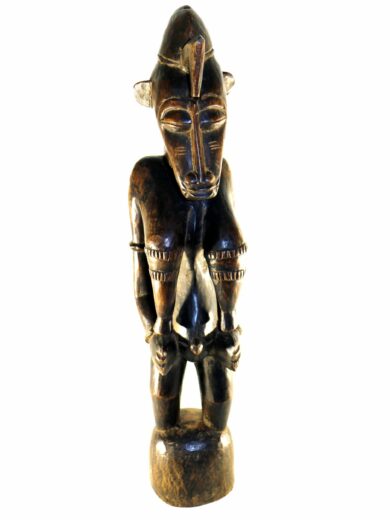
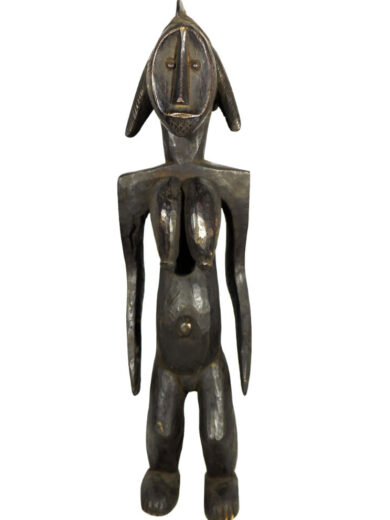
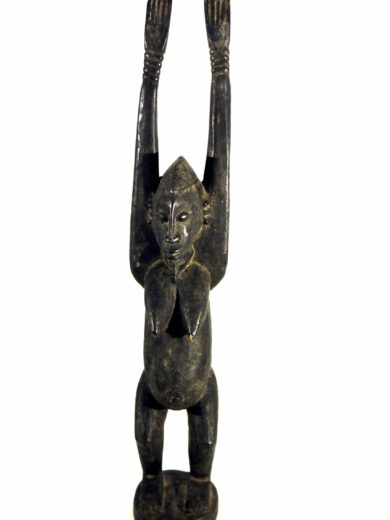
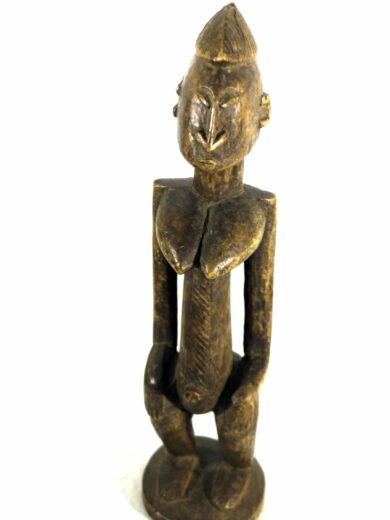
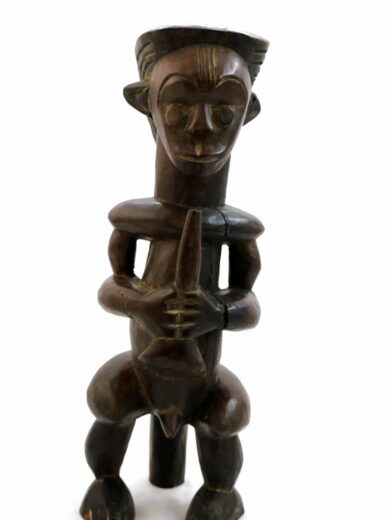
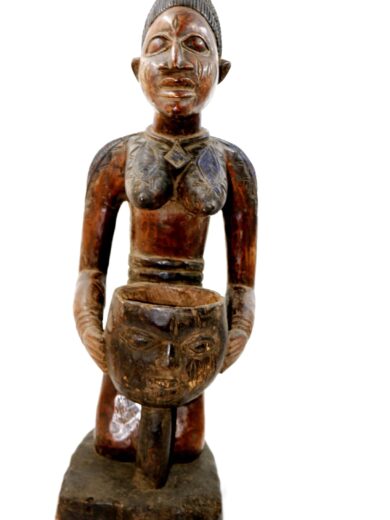
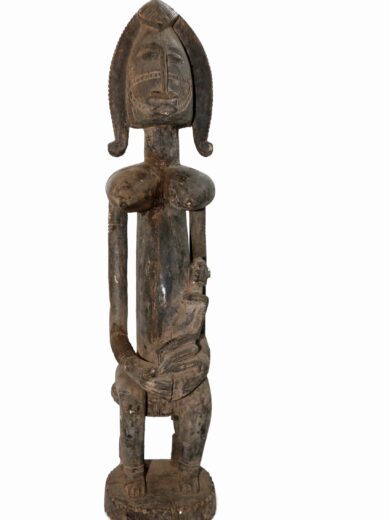
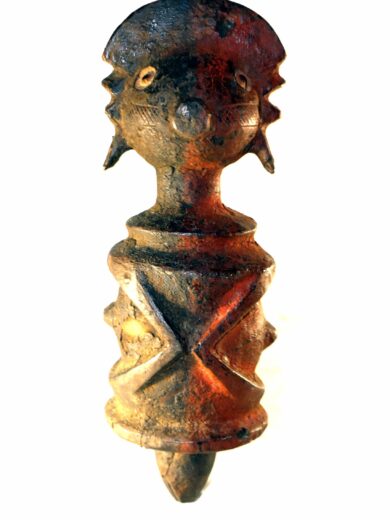
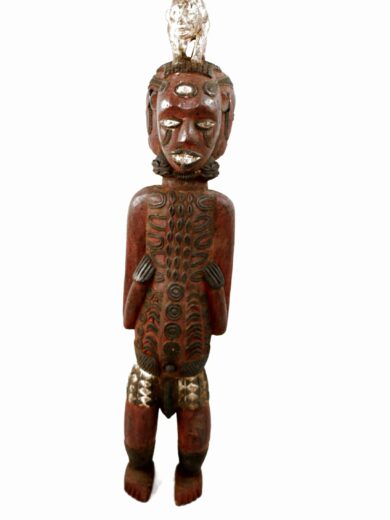
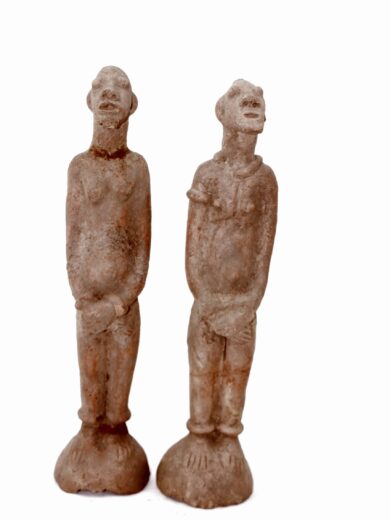
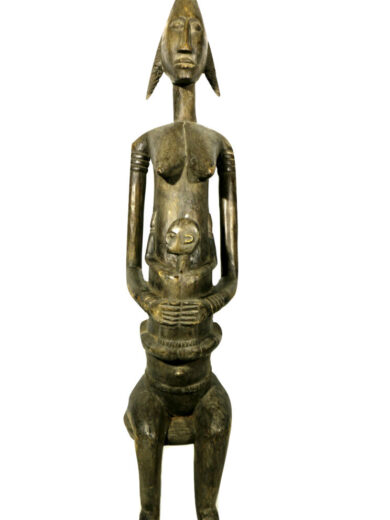

Reviews
There are no reviews yet.